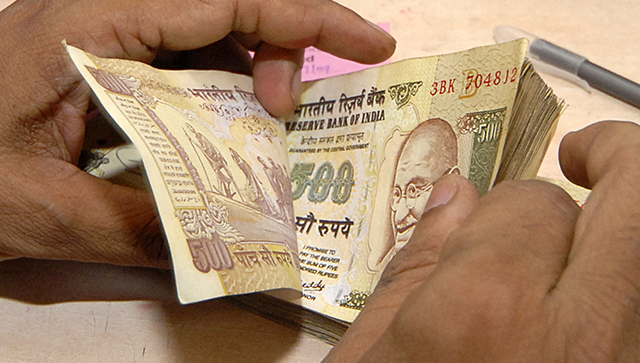In recent times, India has been actively working towards internationalising its currency – the Indian rupee (INR). The government aims to encourage more countries to use the INR in various international transactions. However, despite these efforts, there have been challenges, particularly in crucial sectors such as oil trade.
Oil trade conundrum A significant portion of India’s oil trade, conducted by state-owned companies, does not involve the use of the Indian rupee. Surprisingly, no crude oil imports were settled in INR from April 2022 to March 2023. The petroleum ministry attributes this to concerns raised by suppliers about the repatriation of funds in the preferred currency and the high transactional costs associated with currency conversion. Why internationalise the rupee Several reasons drive India’s push to internationalise the rupee. One key factor is the need to facilitate trade with sanctioned countries like Iran, Venezuela, or Russia, where the use of the US dollar is restricted. Additionally, using rupee helps reduce pressure on India’s foreign exchange reserves, especially when the country has substantial import bills, such as the $700 billion spent on imports last year. Despite the motivations behind internationalising the rupee, there are notable challenges hindering its widespread adoption. The first major obstacle is that the rupee is not fully convertible. Foreign traders face limitations and require government approvals when converting large sums of rupees into foreign currencies making the process less attractive. The second challenge involves the question of what other countries can do with the rupee especially when trade imbalances exist. To overcome these challenges, India could learn from China’s strategy with the yuan. Even though the yuan is not fully convertible, China successfully pays for Russian oil in yuan. This approach suggests that producing goods that the world wants to buy can enhance the acceptance of a partially convertible currency. Alternatively, India could consider making the rupee fully convertible, allowing foreign investors and traders to exchange and use it without restrictions. However, this move comes with the downside of relinquishing some control over the rupee’s value, which may require a shift in India’s economic strategy. The internationalisation of the Indian rupee is a complex process that involves overcoming challenges and finding viable solutions. While the rupee may not be extensively used in certain sectors, such as oil trade, it is crucial to recognise that the global acceptance of a currency takes time. India’s economic fundamentals, strong export base and cooperative trading partners will play pivotal roles in determining when, rather than if, the rupee becomes a more prominent international currency. Views expressed in the above piece are personal and solely that of the author. They do not necessarily reflect Firstpost’s views. Read all the Latest News , Trending News , Cricket News , Bollywood News , India News and Entertainment News here. Follow us on Facebook, Twitter and Instagram.


)

)
)
)
)
)
)
)
)



